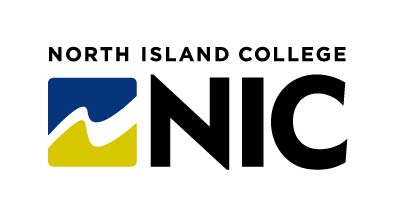Definitions (click to see chart)
Requirements for NIC Practicums (click to see chart)
Role of the Mentor
Mentor educators must be directly supervising and working alongside the student at all times for the duration of the student’s practicum hours. A mentor must be present in the room while the student is working on practicum hours. (This does not mean the mentor can’t step out occasionally. However, it does mean the mentor can’t be ‘working in the office’ throughout the student’s scheduled time) If the mentor is not able to be present in the room, ‘shared mentorship’ should be arranged and noted on the practicum proposal. The other person working with the student must hold the certification required for the practicum. The mentor is the person who will be acknowledging the work of the students by signing documents, engaging in collaborative dialogue, offering feedback about the student’s practice, and working alongside the student on the floor with the children. Mentors are not responsible for assessment of the learning outcomes.
Role of the Student: Students are expected to be actively engaged in their learning by:
- Building relationships with children, families, and educators.
- Completing assignments as outlined by the instructor and in consultation with the mentor.
- Participating in the programming of the centre.
- Requesting and applying feedback given by the mentor and other educators.
- Following the policies of the centre and the code of conduct of the college.
- Keeping their mentor informed about assignments they are working on.
Role of the Instructor
The instructor is assigned to individual students at the start of each semester. They are responsible for supporting the mentor and the student by:
- Providing assignments and expectations to the students.
- Marking all assignments in a timely manner to provide feedback to the student.
- Connecting with the mentor to ensure that they are aware of the mentor’s perspective on how practicum is progressing.
- Attending the centre for onsite visits throughout the practicum.
- Assessing the completion of learning outcomes for each student.
- Being available to meet with the student and/or mentor when requested.
Communication from/with NIC
Centres can expect an invitation to host a practicum student to arrive via email in the month prior to practicums starting (Late August/Early September for Fall Semester, December for Winter Semester, and April for Spring Semester). Once we have confirmed placements for the students we will send another email letting centres know when they can expect the student to arrive, including the name of the student and instructor who will be supporting them.
During the semester mentors and centre managers are welcome to contact the instructor at any time to discuss how the practicum is progressing. Instructors will attend the centre at least 2 times (with the exception of ECC 140) during the practicum to both observe and connect with the student and mentor.
On Site Instructor Visits:
Once students are in practicum placements you will be asked by the student for a date that the practicum instructor can visit the centre prior to midterm. You should expect that the instructor will visit for up to two hours to allow enough time to observe and have collaborative dialogue with both you and the student.
The main objectives of the on site visit are to see the student with the children and staff, to support them to connect theory into their own practice, and to identify areas of strength and areas where growth is needed. This also gives you as the mentor an opportunity to share with the instructor your perspective on how the student is doing.
This process will be repeated after midterm (for ECC 141, 142, 245, and 246) to provide a second visit before the end of practicum. If a student is identified as needing extra support in their practice a third or fourth visit may also be required.
